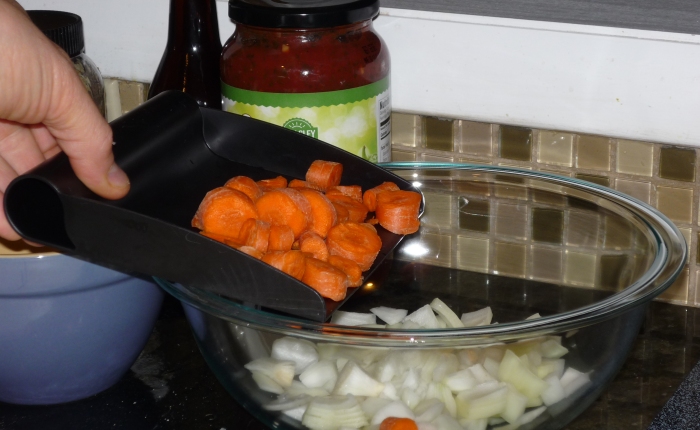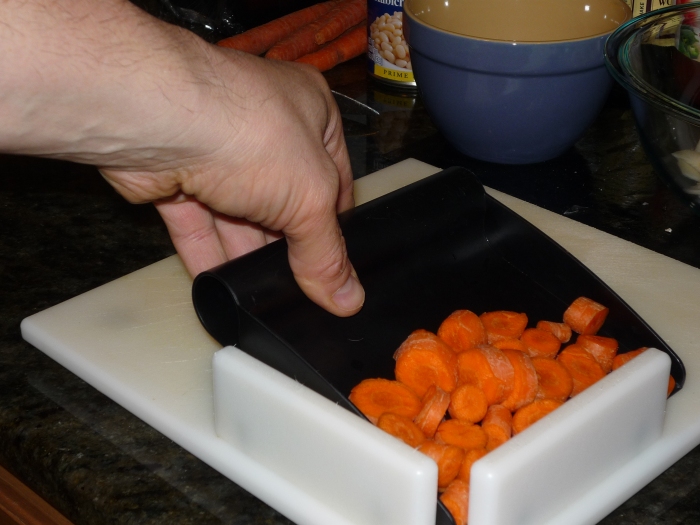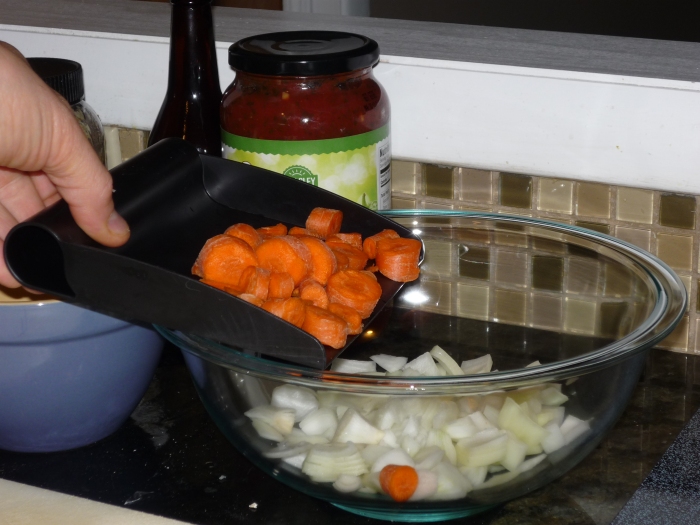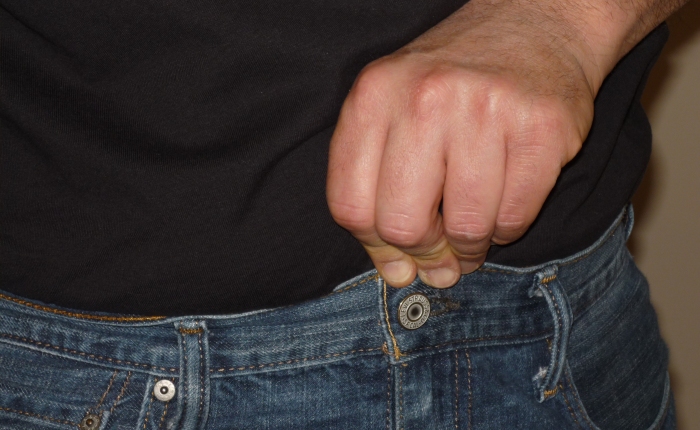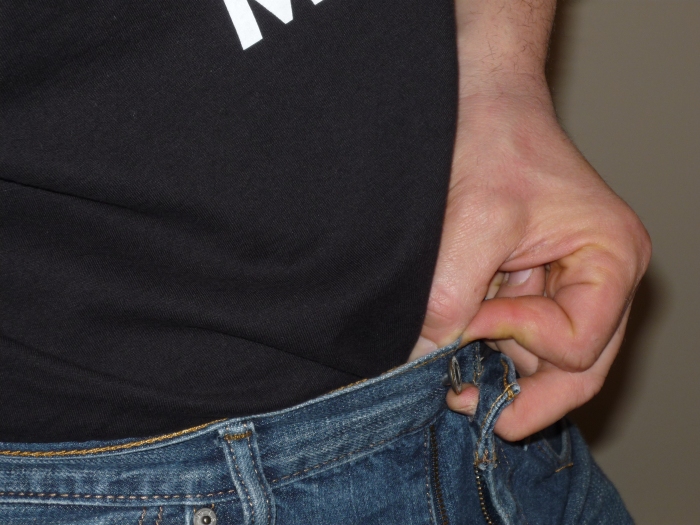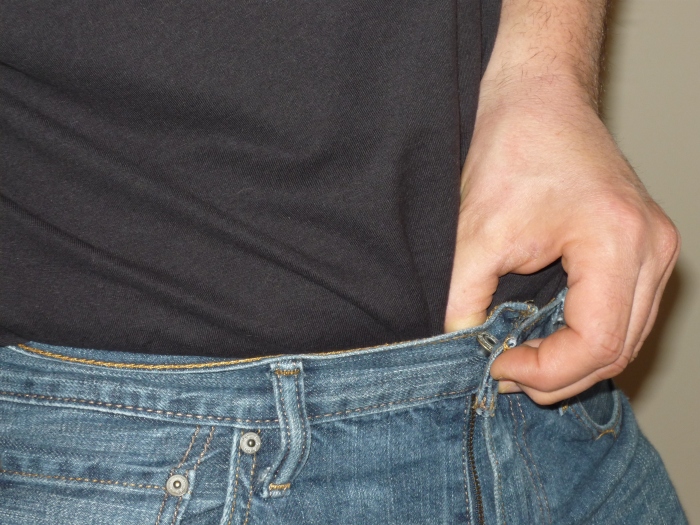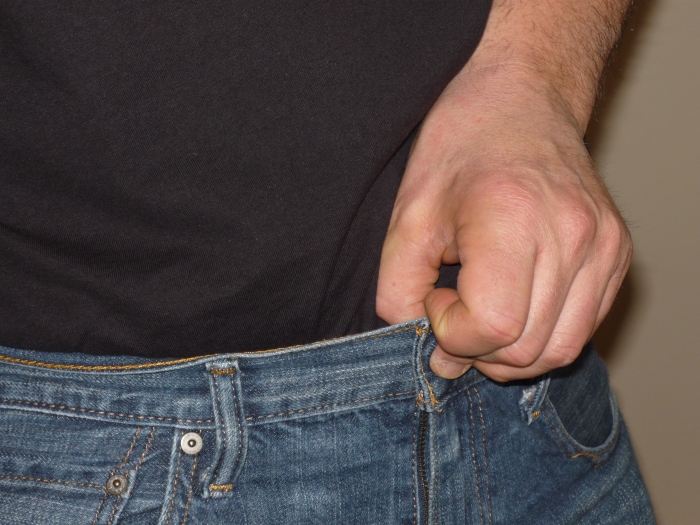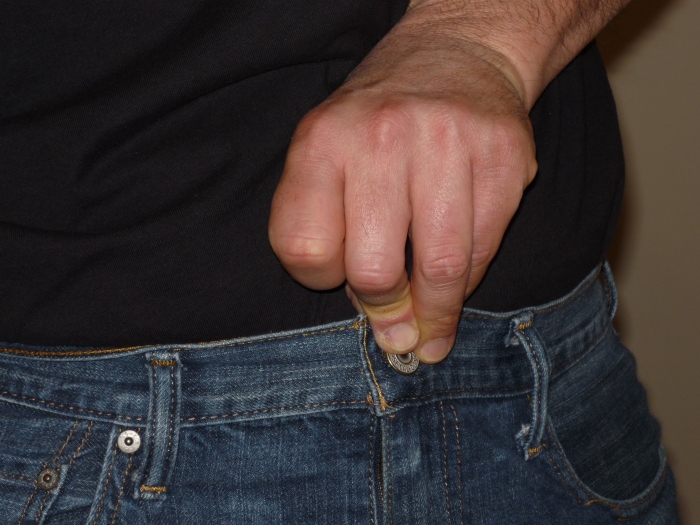I love my cast iron pots. I’ve you’ve never cooked with cast iron, you’re missing out. The cast iron heats evenly and with a cast iron lid, holds the moisture in so you don’t dry out dinner. They can be used on the stove, in the oven and even on a barbecue.
Cast iron cookware is often criticized for being heavy. You know what, the critics are right. It can be a pain to handle these pots, but it’s precisely this property that makes this an essential part of my kitchen tricks for amputee cooking.
I know what you’re thinking “you only have one arm dumbass… why not go with something lighter?” Well… Have you ever tried to stir something without holding the pot with one hand and stir with the other? The pot spins as much as the food does, especially when you have a glass cook top like mine.
You see, its the weight of the cast iron cookware that helps the pot to stay put, when trying to stir dinner.
Cast iron comes in two varieties, the primary is raw cast iron, that may be pre seasoned, but is essentially, uncoated iron. Here’s my large 12 inch skillet. These aren’t too expensive and can be found at Walmart, Kmart and most stores that sell camping gear. Usually, you’ll find the Lodge brand at these locations. (Bonus they’re made in the USA!)

One thing to look for, for an amputee cook, is a pot that is flat on the bottom. I have an older Lodge 10 inch deep fryer that I don’t use often because it has a ridge on the bottom. The flat bottom, having more surface contact with the cook top, increases friction and so it doesn’t slide when I stir. Conversely the ridge on the fryer, having less surface contact will still slide around when stirring is required.
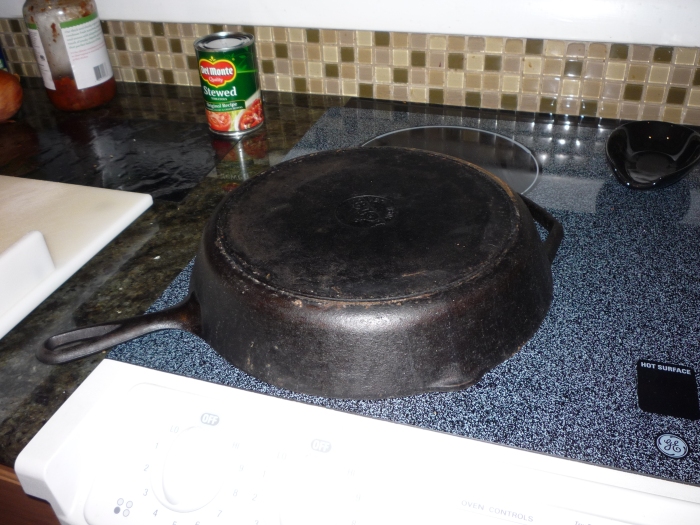
Of course the raw cast iron pots do require different care methods than a coated pot. There are many tutorials online for caring and seasoning this cookware. If proper care is maintained, these pots are no harder to maintain than the coated variety or the other materials pots are normally mad out of.
Here’s the care page on the Lodge website. Disclaimer: I’m not an employee or paid spokes person, I just like their products and employing American workers.
If raw cast iron isn’t your speed, cast iron comes coated in enamel. This is a considerably more expensive option if you’re buying new cookware.
I have some enamel cast iron too. I got mine second hand. Sometimes these can be found at garage sales and I’ve fond them on Ebay too. Just beware they’re heavy so if you buy from Ebay shipping will cost you. Here’s a small sauce pan and another covered pot I have. I’m not particular so I got a deal since the lids were mismatched.
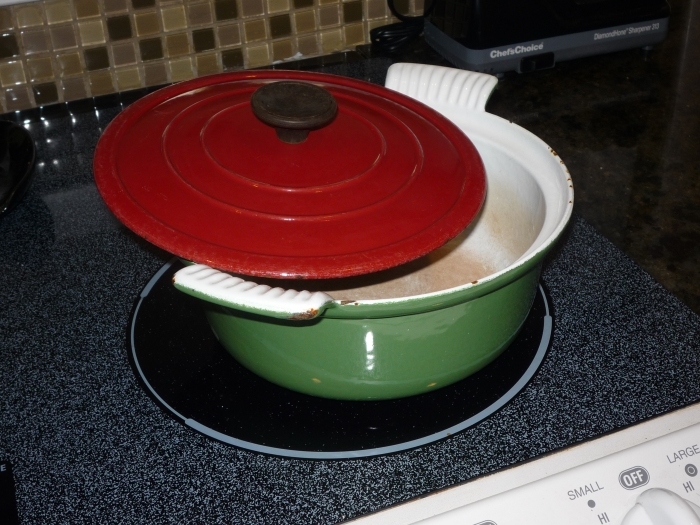
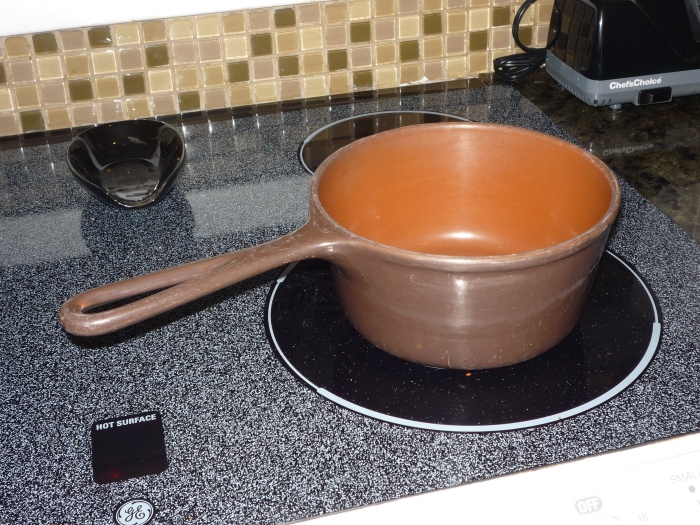
To show you how much the heavy cast iron helps, here’s a short video of me making breakfast. PS don’t mind the escaped pepper…

